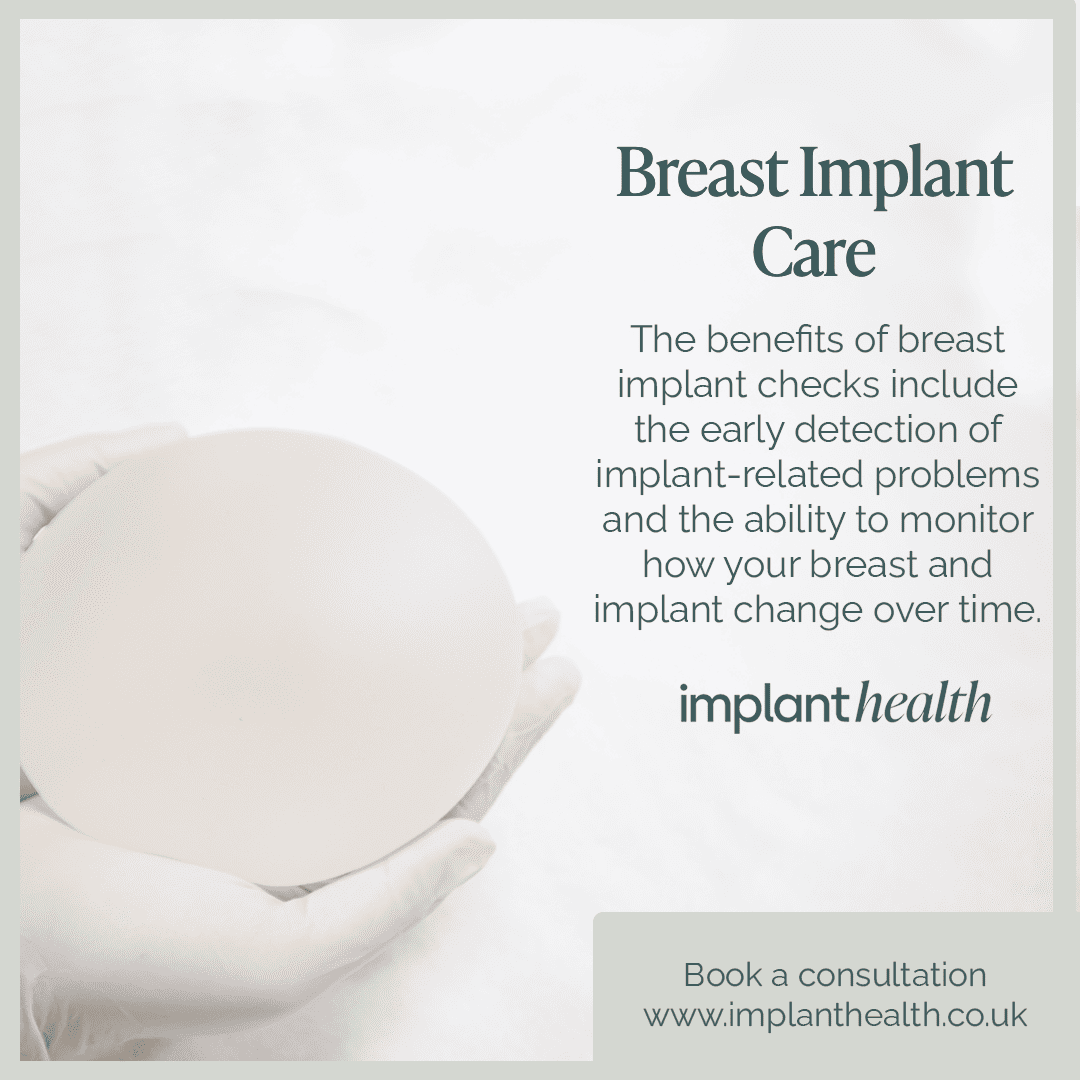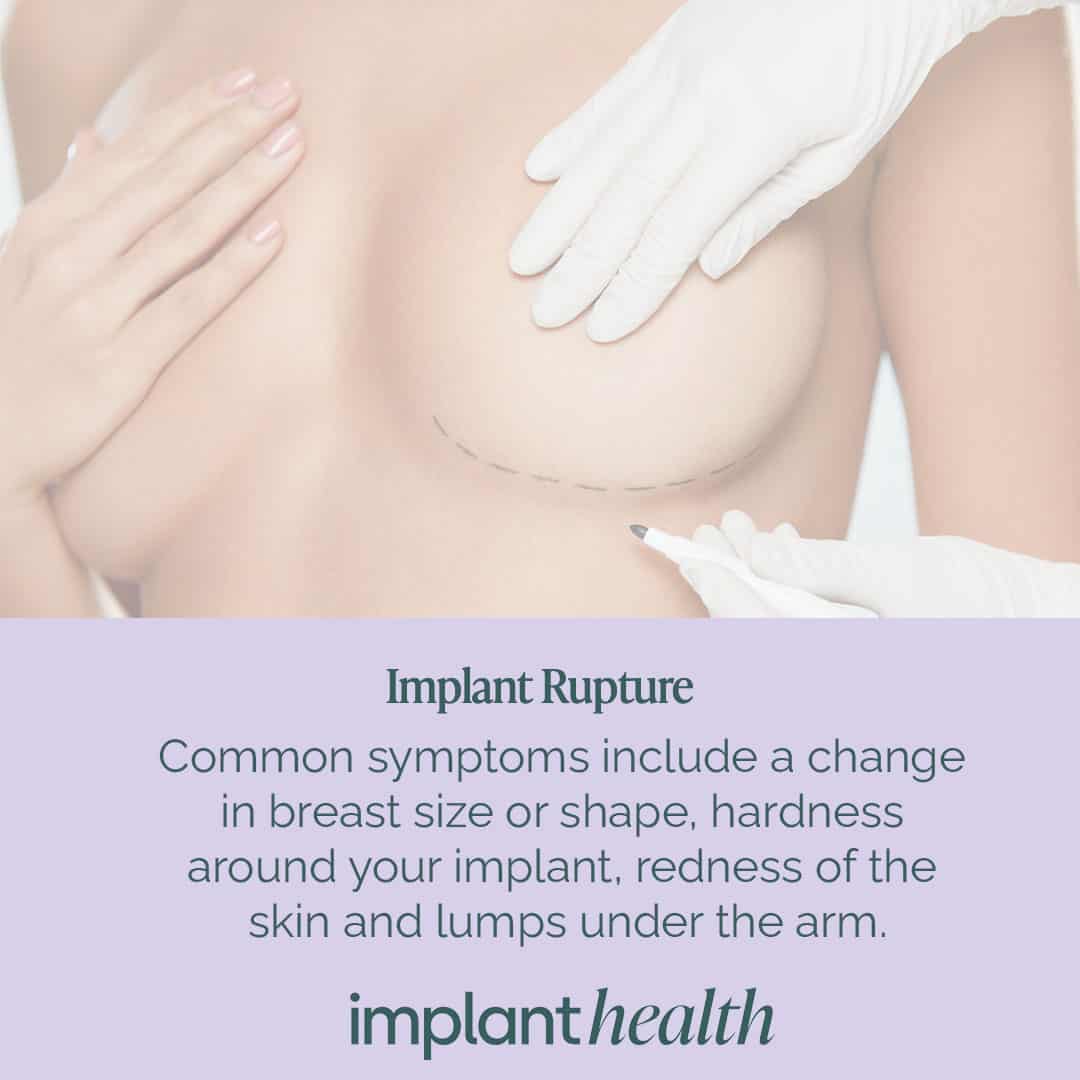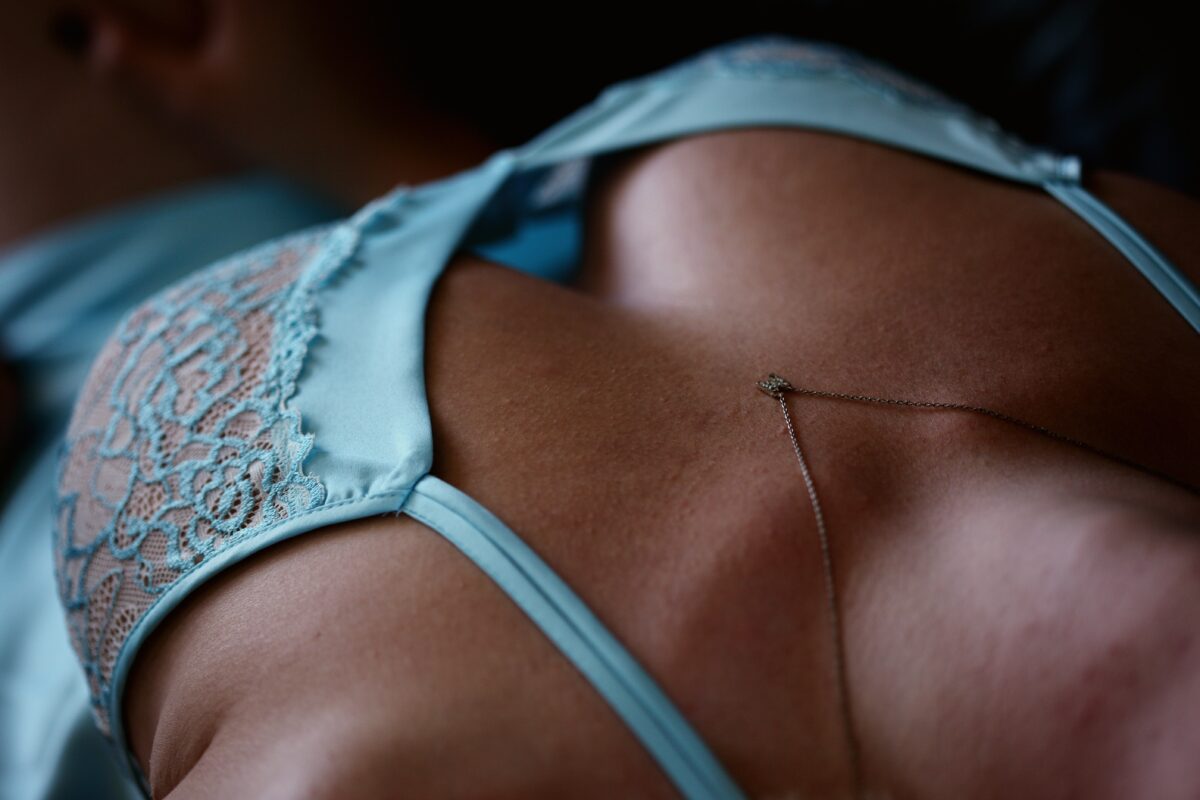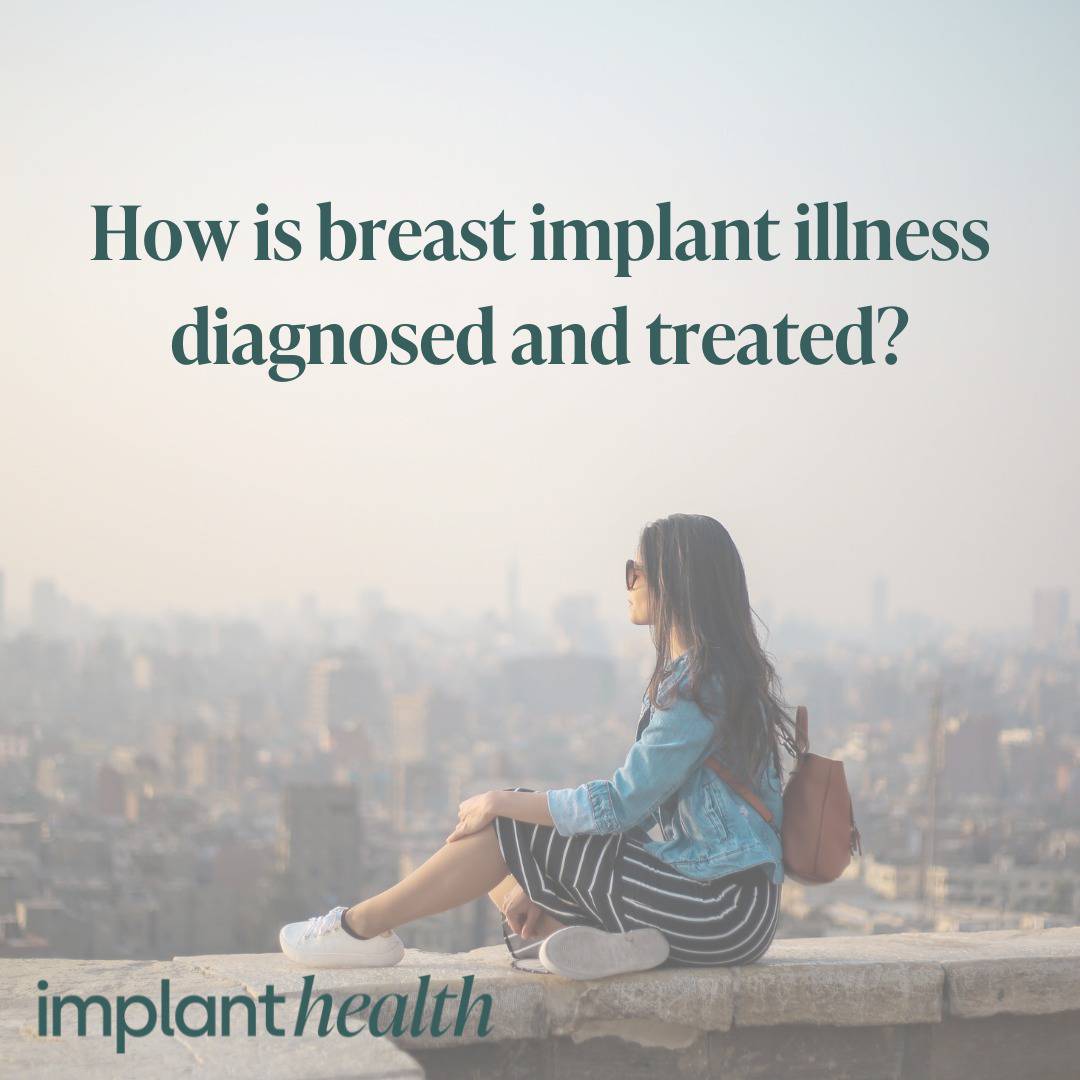Getting a Breast Implant Check
Getting a Breast Implant Check
If you have undergone or are considering a breast augmentation, you may be looking at getting a breast implant health check the overall health of your implant.
On average, breast implants should last around 10 years, before we recommend changing or removing them. Whilst the procedure is considered safe, it is important to remember that like all medical procedures, they do carry a risk of complication. To help mitigate the risk of complications, we advise getting a breast implant health check to check every couple of years.
Dedicated breast health screenings, such as Implant Health use specialist MRI equipment to view the overall health and condition of your implant, and your overall breast health to detect any signs of complication or abnormality.
What Complications could Arise?
Now, complications arising from breast augmentations are very rare. However, if you suspect something is wrong, you must contact a trained professional who will be able to identify and treat the problem.
Here are some of the complications that could arise from breast augmentation procedures.
Breast Implant Infection
To your body, breast implants are a foreign material and therefore there is a slight risk they could become infected. If you experience high fever, breast pain, swelling, tenderness, or breast discharge, you should seek the help of a professional to provide treatment.
Capsular contracture
Following your procedure, a thin layer of scar tissue will form around the surface of the implant, this is known as a capsule and is completely natural. However, in some cases, this capsule may become abnormally thickened and start to cause discomfort. We call this a capsular contracture, which may require surgery to remove the hard capsule of tissue.
Breast Implant Malposition
This happens when a breast implant moves, causing issues with positioning. It can happen soon after surgery later down the line but symptoms usually manifest as significant and visible changes to the overall shape and positioning.
Breast Implant Ruptures
This is more common in older implants, but they can occur at any time. Symptoms to look out for include a significant change in breast size or shape, hardness around the implant, lumps, and redness to the skin.
In some cases, ruptures may not present any symptoms, this is known as a silent rupture. Again, we recommend having your implants checked regularly to avoid any problems.
BIA-ALCL
BIA-ALCL, also known as breast implant-associated anaplastic large cell lymphoma is an extremely rare blood cancer that forms in the capsule of breast implants. Symptoms include a build-up of fluid or a hard lump developing around the breast.
Seroma
If your breast implant ruptures or you have a low-grade infection it can cause fluid to collect around the implant. The most common symptom to look out for is an increase in overall breast size.
If you have noticed any sudden changes in your breasts following a breast augmentation, getting a breast implant check can help to identify any underlying issues. At Implant Health, any abnormalities, revisions, and required treatment will be discussed with you and dealt with by specialist plastic surgeons, and Doctors.
Here at Implant Health, we strive to empower and support you through your implant journey, so if you have any concerns or would like to book a breast screening contact our team.









